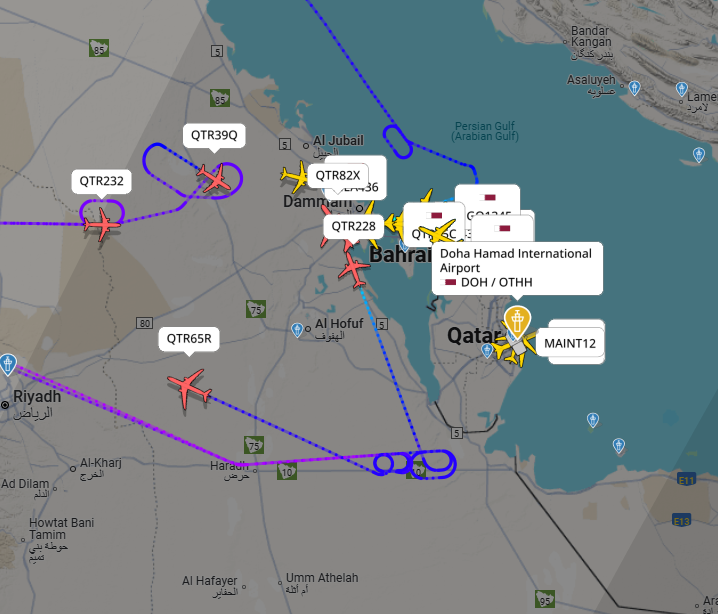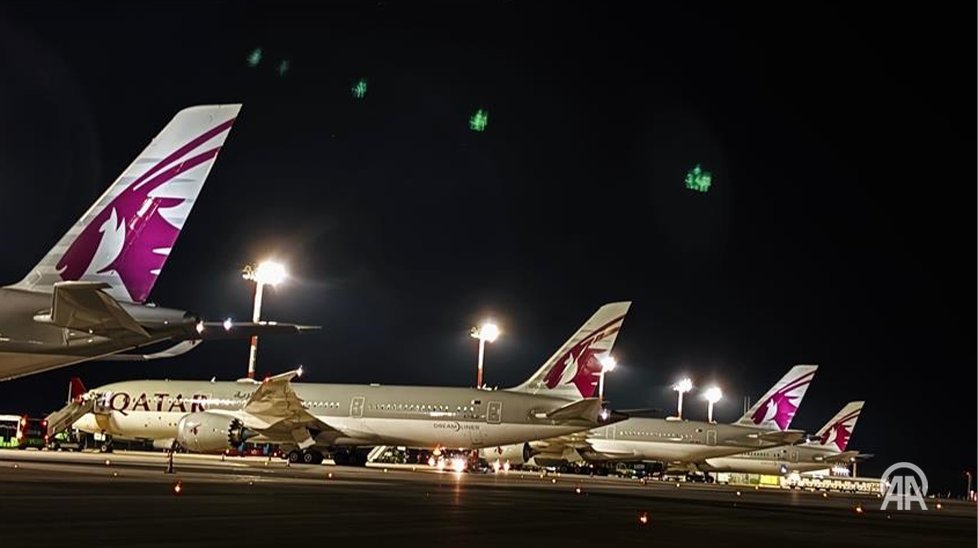
Vietnam’s upcoming 10-year Golden Visa program is a major initiative designed to attract international investors, skilled professionals, entrepreneurs, retirees, and digital nomads, positioning the country as a premier destination for both business and lifestyle. This long-term residency scheme, expected to launch in 2025, is part of Vietnam’s broader strategy to transform itself from a short-term tourist hotspot into a thriving hub for global investment, innovation, and culture.

Visa Structure and Categories
The program, proposed by the Vietnam Tourism Advisory Board, features a three-tiered structure:
- Golden Visa: Grants residency for 5 to 10 years, extendable, and is targeted at long-term tourists, retirees, and cultural contributors. This visa provides flexibility and stability, ideal for those wishing to immerse themselves in Vietnam’s vibrant society and natural beauty.
- Investor Visa: Offers a 10-year term and is designed for individuals investing in Vietnamese businesses, real estate, or government-approved sectors. After five years of continuous residence and investment, holders may become eligible to apply for permanent residency, providing a clear pathway for long-term settlement.
- Talent Visa: Valid for five years and aimed at highly skilled professionals, artists, and experts in sectors like technology, finance, healthcare, and education. The renewal process is streamlined, making it attractive for global talent seeking to contribute to Vietnam’s rapid development.
Eligibility and Application Process

While specific investment thresholds and detailed requirements are pending final government approval, general eligibility criteria include:
- A valid passport (minimum 12-month validity)
- Clean criminal background check
- Proof of medical insurance
- Evidence of sufficient financial means or stable income
- Completed application form and recent passport-sized photos
- For investor and talent visas: proof of investment, business registration, or professional qualifications as applicable.
Applicants can include immediate family members, such as spouses and dependent children under 18, in a single application, provided each dependent meets the eligibility standards. All foreign-language documents must be officially translated into Vietnamese and notarized.

The entire application process is expected to be fully digital, eliminating the need for in-person embassy visits and making it more accessible for global applicants. Applications can be submitted online or through Vietnamese embassies and consulates abroad.
Processing and Benefits
- The Ministry of Public Security will process applications, typically taking up to four months, with possible extensions for additional verification.
- Successful applicants will receive a multi-entry visa valid for 5–10 years, allowing them and their families to live, work, and travel freely within Vietnam.
- Investor visa holders may apply for permanent residency after five years of continuous residence and investment.
- Vietnam’s economic boom, affordable living, and high quality of life make the Golden Visa especially appealing to high-net-worth individuals, digital nomads, and professionals seeking stability and opportunity in Southeast Asia.
Strategic Goals

Vietnam’s Golden Visa program is designed to:
- Bolster the country’s tourism and investment sectors
- Attract high-value residents who contribute to economic, cultural, and technological growth
- Support Vietnam’s ambition to achieve high-income status by 2045, as highlighted by the World Bank.
In summary, Vietnam’s 10-year Golden Visa will offer an unprecedented opportunity for global citizens to build a long-term life in one of Asia’s most dynamic and beautiful countries, with streamlined digital processes, flexible residency options, and a clear path to permanent settlement for investors and professionals.







.jpg)






.jpg)

.jpg)
.jpg)














.jpg)










.jpg)




.jpg)










